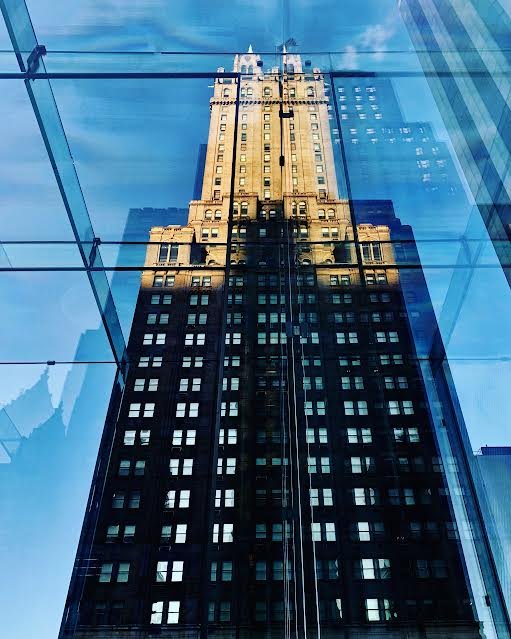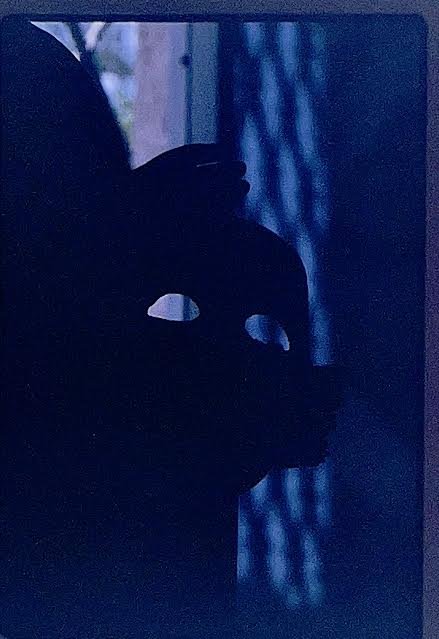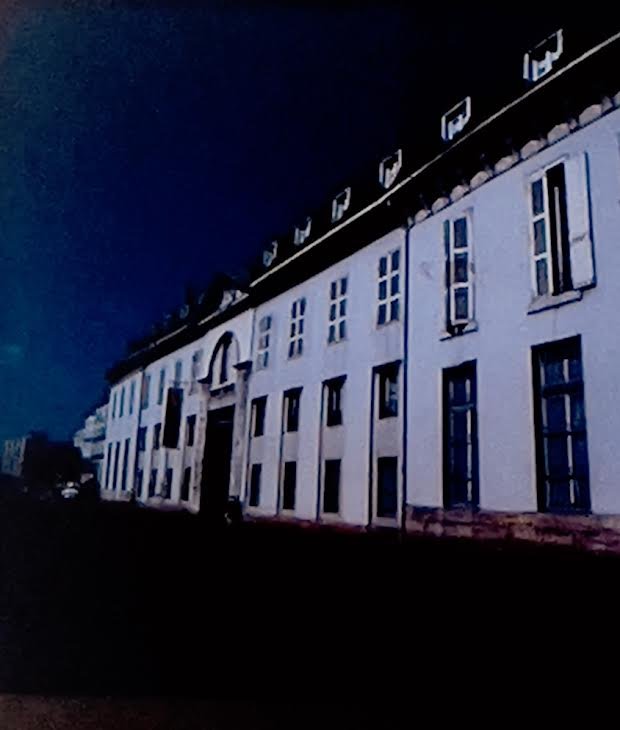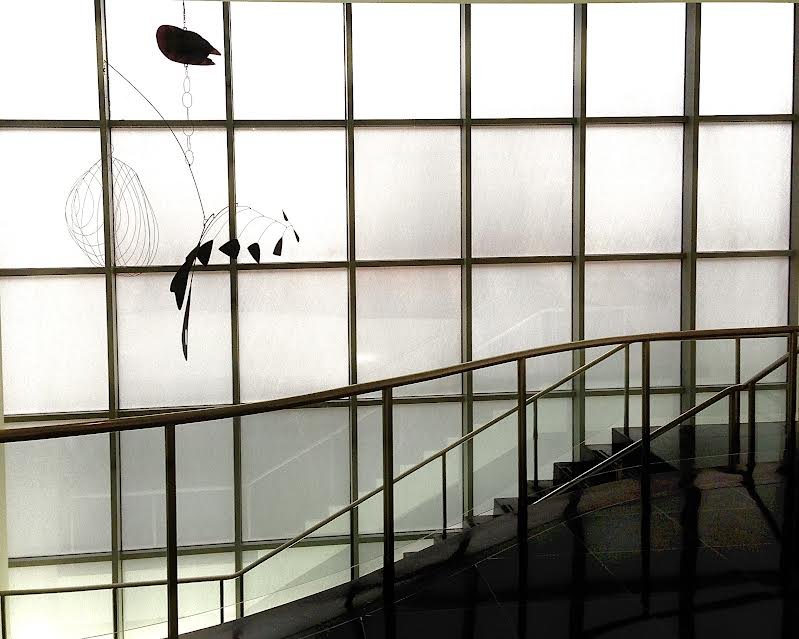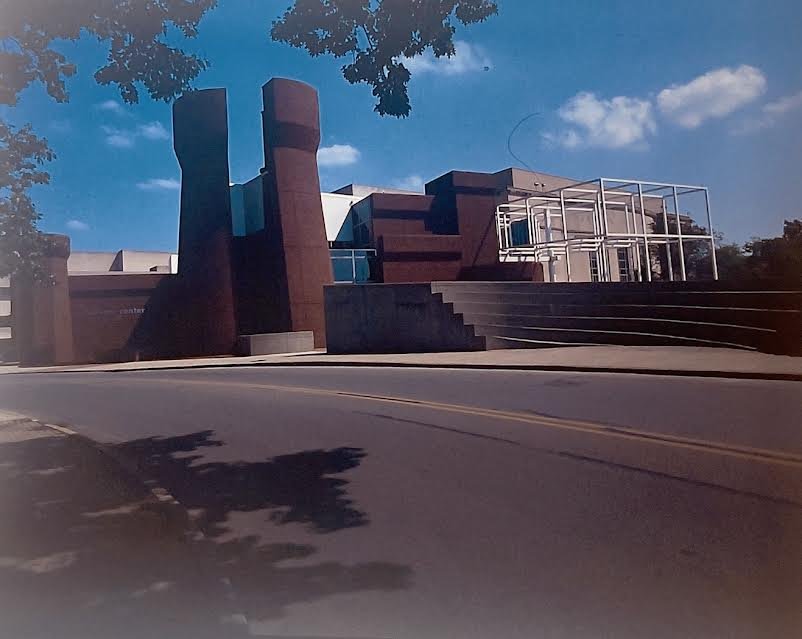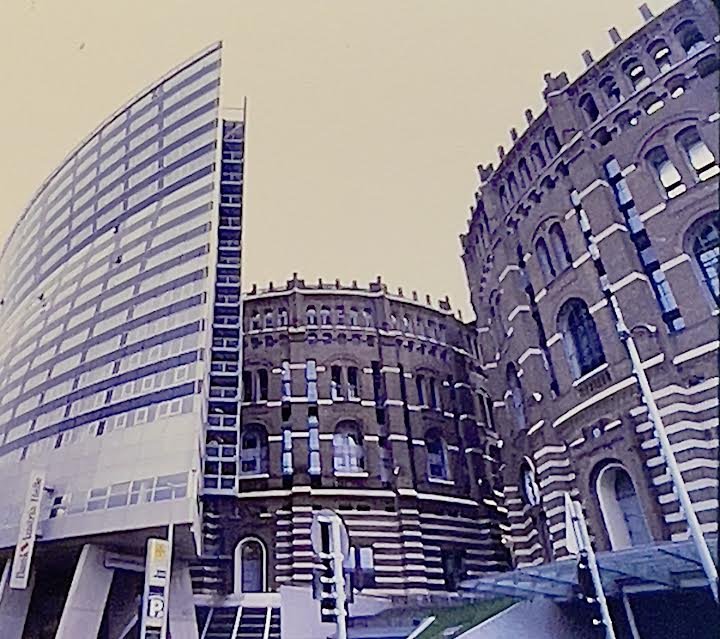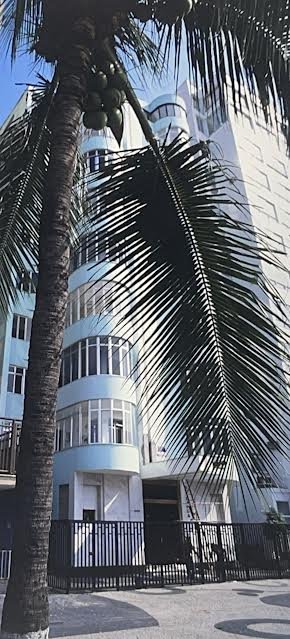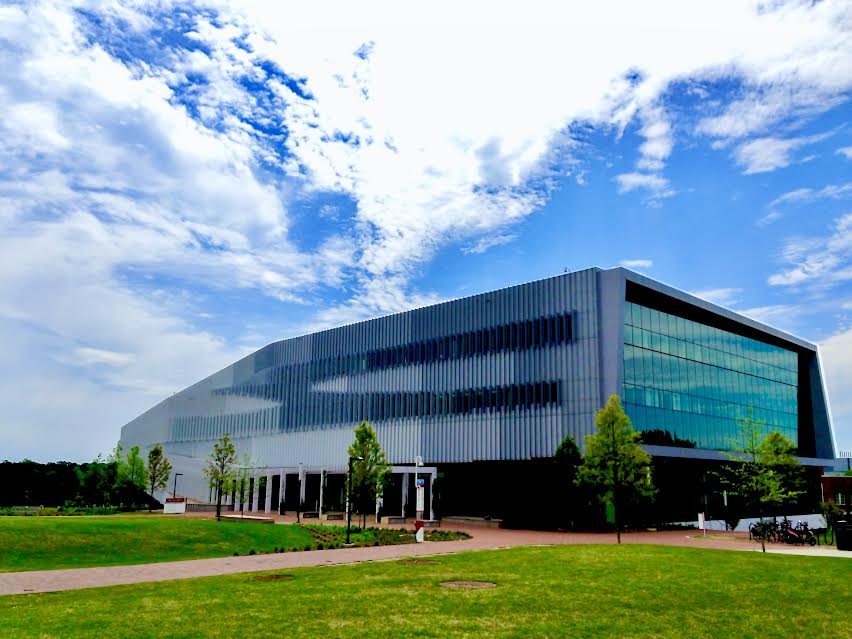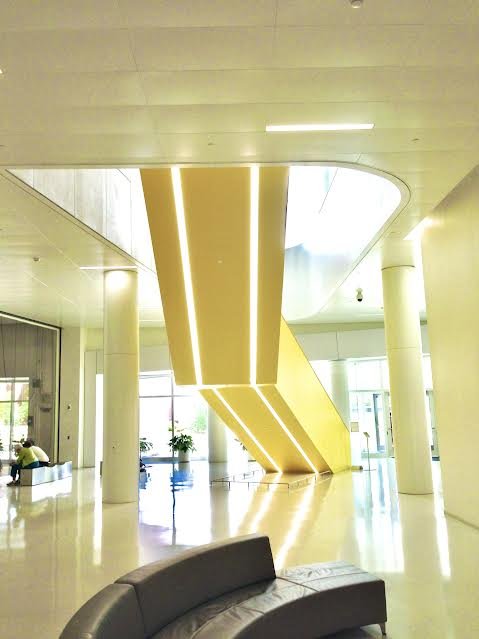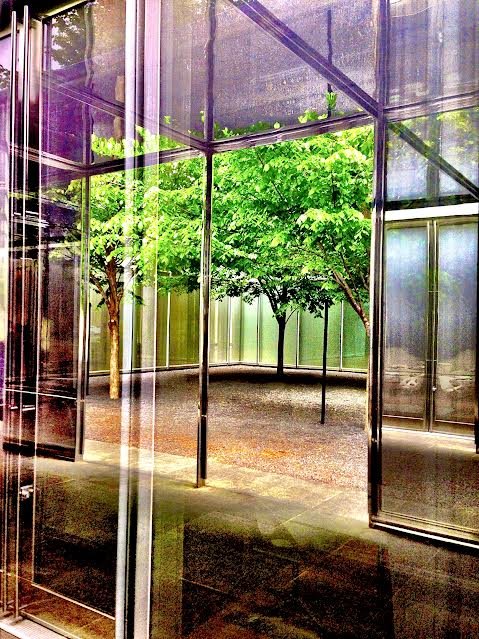Santiago Calatrava The Oculus
There is a fairy tale that I often share:
In some ways I have likened my life capturing images to a life and death battle with an octopus: You know that moment when the sea is filled with darkness and the octopus grabs an ankle as you are trying to lift your head above level to make that snap:
How important can that moment: what extension of your mind does it take to make a visual capture: There is both a task and a battle ahead.
In my world I have to deal with at least two winds: My mind is coordinated to imagine: The surroundings that are most natural engage each and every antenna: I need to focus on the natural forces of the known environment to execute a moment: What might the known environment look like:
REX Architect: : Perelman Performing Arts Center Meets One World Trade Center
The southern winds deal in fathoms: How deep is necessary to see what I need to see: What depths do I need to explore before I can see beyond what the photograph is and what it can be: I feel the lure of the Venus flytrap’s silky lip atop the Mariana Trench: slightly encumbered by the fast and taunting Dumbo Octopus, Frilled Shark, Dragonfish, Fangtoothe fish, Barreleye fish, Vampire Squid: I reach deeper towards the deep: Certainly there is not s definition of the deep until I have made a capture:
The northern winds deals with the unfathomable: From above celestial alien armies consider unimaginable attacks on the known planet earth: How high must I reach to discover something not new but more importantly not yet seen. I reach upwards to see and feel the necessities of finding an image: Two converging worlds as if shaken but not stirred together inside an ornamental glass snowball: polemic universes imminently collide: Each day I embrace the needs to make as many snippety-snap-snaps as possible before I can no longer avoid the brains’ inevitable chemical combustion.
The meanings of sanity and madness live in every freeze frame. I have had dreams that become reality: Realities have many times seemed like dreams: Discovery isn’t always what you might have hoped for: I have since before birth imagined that I would create a new cool as Miles Davis had.
I did and maybe always do dream of what “The Birth of the Cool” would mean in my captures:
I thought at one time and I am sure tomorrow I will feel again, that landing in Rio, Dhaka, Belize City, Copenhagen and New York was cool.
Jeanne Gang Architect The Solar Carve
I did think and possibly in the future I will continue to think that making photographs like my heroes W.Eugene Smith, Bill Brandt and Man Ray was and would be cool:
One hundred years later I realized that what is new could be cool and what is cool could be new: in the end I am me.
Time intervenes sometimes as a friend and foe: I never know when the a moment interrupted will make or break the momentum I have collected to make a capture: But time created an illogical connection for me: Thematically my images have become some sort of study: I am a victim and a survivor of the discipline and life study portrayed in my own “Gorillas in the Mist”: To understand my ideas, I needed to understand my cameras’ idiosyncrasies. What mattered, I realized, was that cultivating a way to see and a way to make an image became the only visual gift that I will die with: how does one die without living:
There is an emotional and visual transparency that tags along with me from day to day, image to image: It is as if there rides with me a polyphonic symphony of visual sounds: a collective of ideas from science fiction movies overlap the history of science fiction literature as I wander: I wander in film freezes: I wander around moments that will be stories: I hope it never stops:
New York City: Tiffany’s Interior by Peter Marino and Shohei Shigematsu
I am constantly addressing the new in architecture: New is not necessarily what has been built today: new is a force of discovery when you engage something aged or as the “star child” from 2001: A Space Odyssey. Something mesmerizes your camera as it appears seemingly for the first time: Possibly it is only new in this light.
I emphatically share the “two winds”. A photographer alone in the fields or the avenues is constantly pressed for time and ideas: Even when there are none: there is a crush of information and desires that compel the eyes to look for more than poses before your eyes: Then we’ll see.



























































